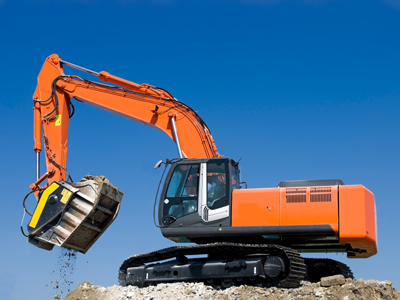
Forces - Hydraulics
This GCSE Physics quiz challenges you on forces and hydraulics. Pressure can be transmitted in all directions through all fluids. It is transmitted particularly efficiently through liquids. Although their particles are further apart than solids, they are still close enough together for liquids to be non-compressible. That means that when pressure is applied to the surface of a liquid its volume remains the same. If you fill a flexible container (for example, a balloon) with water and squeeze it, it will change shape but not volume. Areas that are not supported will bulge out, wherever they are showing that the pressure is transmitted in all directions through liquids.
This means that liquids can be used to transmit pressure over long distances and round corners by using tubes in a hydraulic system.
Ready for more?
not all...
quizzers. Try to win a coveted spot on our Hall of Fame Page.







